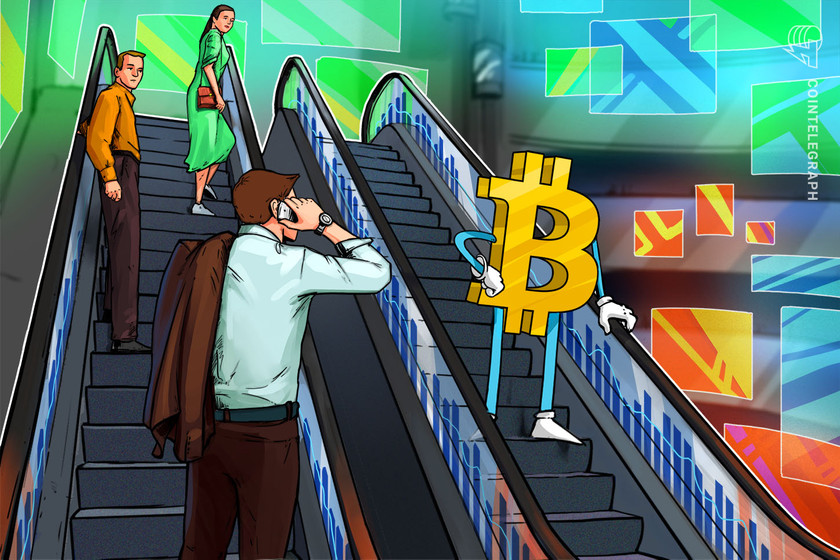Binance launches Binance Bridge 2.0 to integrate CeFi and DeFi
The service would allow users to bridge assets from any blockchain to BNB Chain.
751 Total views
18 Total shares

On Tuesday, centralized cryptocurrency exchange Binance announced the rollout of Binance Bridge 2.0. The feature enables users to bridge assets from any blockchain, including tokens not listed on the Binance app, to the BNB Chain. Bridged tokens listed on Binance will be stored in the Funding or Spot Wallet, while unlisted bridged tokens will be transferred to the Funding Wallet only.
Users can bridge-in or bridge-out tokens between their native blockchains and BNB Chain via regular deposit and withdrawal functions. In the future, Binance also plans to create a better version of its mobile app to allow users to facilitate such conversion via a single click. Regarding the development, Mayur Kamat, head of product at Binance, said:
“With Binance Bridge 2.0, we can make decentralized finance accessible to a larger audience worldwide while still providing the seamless user experience that centralized finance offers. We are already seeing this via the tremendous adoption of the PancakeSwap Mini-app.”
Binance has also implemented a brand new automated token circulation control system in Binance Bridge 2.0. The exchange will not maintain a surplus of pegged tokens, also known as wrapped assets, except for a buffer size in hot wallets. Instead, it will print additional tokens when users withdraw pegged tokens onto the BNB Smart Chain.
The company indicated that all other circulation will be backed by the native tokens deposited by the users from the original blockchains. When users want to switch from the pegged tokens back to the original tokens, they can deposit the pegged tokens into Binance and withdraw the original tokens. Simultaneously, the excessive tokens will be swept to the cold wallet and burnt automatically.









